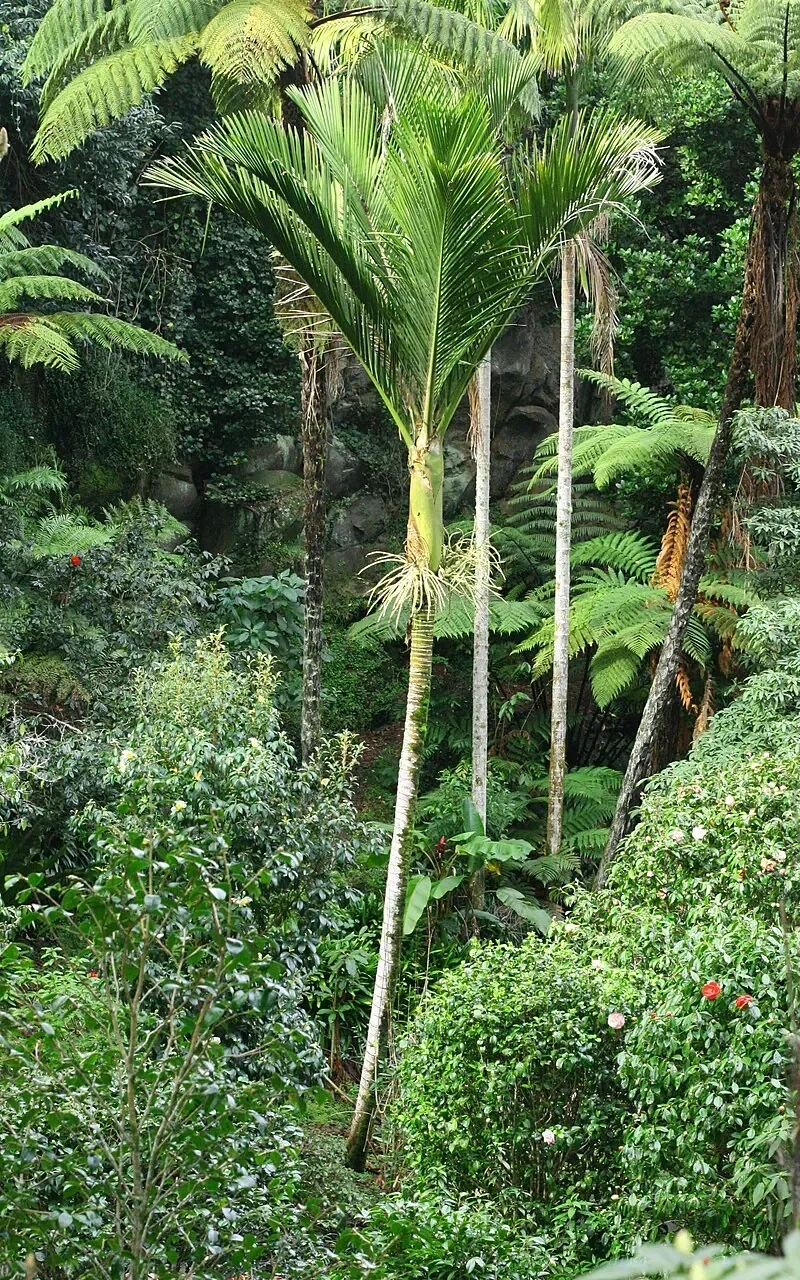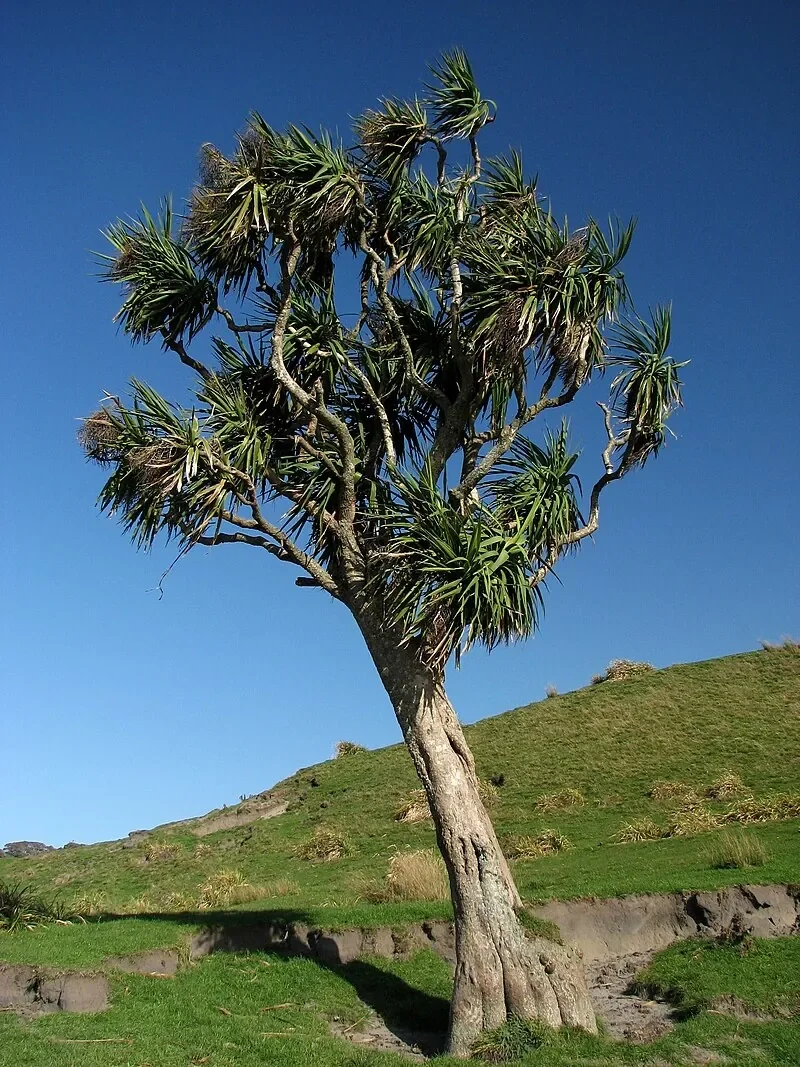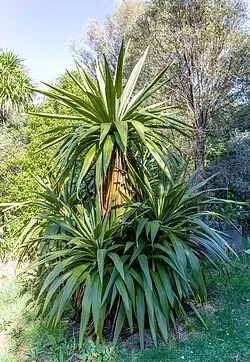
Introduction
Overview
New Zealand's native palms, especially the iconic Nīkau (Rhopalostylis sapida), lend a subtropical feel to forests and coastal habitats. They support birds and insects with flowers and fruit, and are culturally significant in Aotearoa.

Nīkau Palm
Rhopalostylis sapida
The world’s southernmost native palm; slower growing and excellent for frost-sheltered sites.
Learn more
Kermadec Nīkau
Rhopalostylis baueri
From the Kermadec Islands; taller form with larger fruit and graceful crown.
Learn more
Cabbage Tree
Cordyline australis
Iconic tī kōuka with fragrant spring flowers; hardy and tolerant across many conditions.
Learn more
Mountain Cabbage Tree
Cordyline indivisa
Broad-leaved, dramatic species for cool, moist sites; striking architectural form.
Learn more
Dwarf Cabbage Tree
Cordyline pumilio
Low-growing tī rauriki used as hardy groundcover; useful in coastal and dry sites.
Learn more